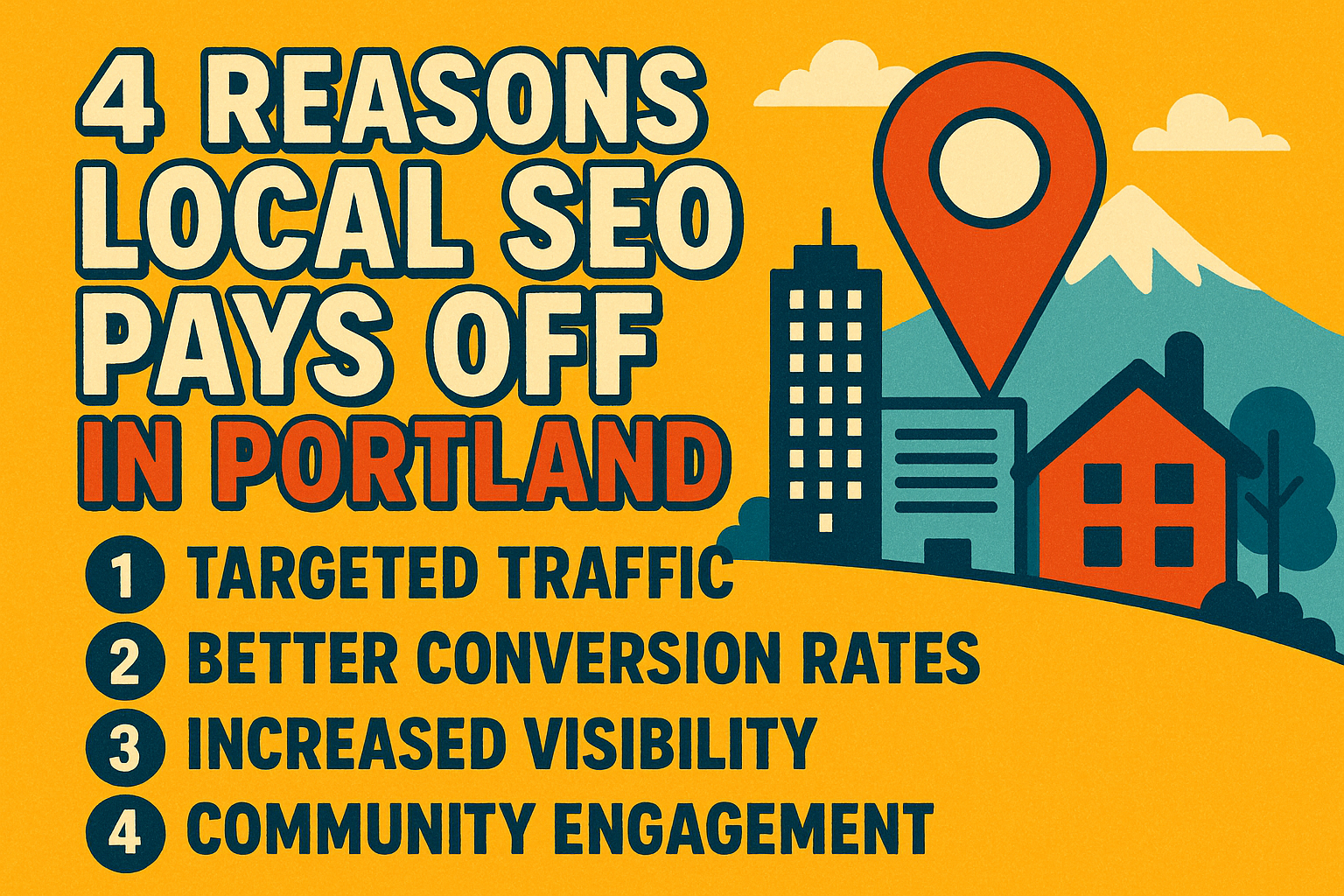In the competitive world of e-commerce, having a well-optimized website is crucial for attracting and retaining customers. Search Engine Optimization (SEO) plays a vital role in enhancing your online store’s visibility and driving organic traffic. In this post, we’ll explore essential ecommerce SEO tips for e-commerce websites, helping you improve your search rankings and boost sales.
1. Conduct Thorough Keyword Research
Keyword research is the foundation of any successful SEO strategy. Identify relevant keywords that your target audience is likely to use when searching for products you offer. Use tools like Google Keyword Planner, SEMrush, or Ahrefs to find high-volume, low-competition keywords. Focus on long-tail keywords, as they often have higher conversion rates.
2. Optimize Product Pages
Title Tags and Meta Descriptions
Ensure each product page has a unique and descriptive title tag and meta description. Include primary keywords naturally to improve search engine visibility. A compelling meta description can also increase click-through rates.
High-Quality Images and Alt Text
Use high-quality images to showcase your products. Optimize images by compressing them for faster loading times. Don’t forget to add alt text with relevant keywords to improve accessibility and SEO.
3. Improve Site Structure and Navigation
A well-organized site structure helps search engines crawl and index your website more efficiently. Use a clear hierarchy with categories and subcategories to make navigation intuitive for users. Implement breadcrumb navigation to enhance user experience and SEO.
4. Enhance Mobile Responsiveness
With a significant portion of online shopping done on mobile devices, having a mobile-responsive website is essential. Ensure your site is optimized for all screen sizes to provide a seamless shopping experience. Google prioritizes mobile-friendly sites in search rankings, so this can significantly impact your SEO performance.
5. Leverage Customer Reviews
Customer reviews not only build trust but also contribute to SEO. Encourage satisfied customers to leave reviews on your product pages. User-generated content can improve your site’s relevance and authority, leading to better search rankings.
6. Implement Schema Markup
Schema markup is a powerful tool that helps search engines understand your content better. Use structured data to provide additional information about your products, such as price, availability, and ratings. This can enhance your search listings with rich snippets, increasing click-through rates.
7. Optimize for Page Speed
Page speed is a critical factor in both user experience and SEO. Slow-loading pages can lead to higher bounce rates and lower search rankings. Use tools like Google PageSpeed Insights to identify areas for improvement. Optimize images, leverage browser caching, and minimize JavaScript and CSS files to boost page speed.
8. Create High-Quality Content
Content is king in the world of SEO. Regularly publish high-quality, informative content that addresses your audience’s needs and interests. Consider starting a blog to share industry insights, product guides, and how-to articles. This not only drives traffic but also establishes your brand as an authority in your niche.
9. Build Quality Backlinks
Backlinks from reputable websites signal to search engines that your site is trustworthy and authoritative. Focus on building relationships with industry influencers and bloggers to earn quality backlinks. Guest posting and participating in online forums can also help you gain valuable links.
Conclusion
Implementing these SEO tips can significantly enhance your e-commerce website’s visibility and performance. Remember, SEO is an ongoing process that requires continuous monitoring and optimization. By staying up-to-date with the latest SEO trends and best practices, you can ensure your online store remains competitive in the ever-evolving digital landscape. Start optimizing today and watch your e-commerce business thrive!










